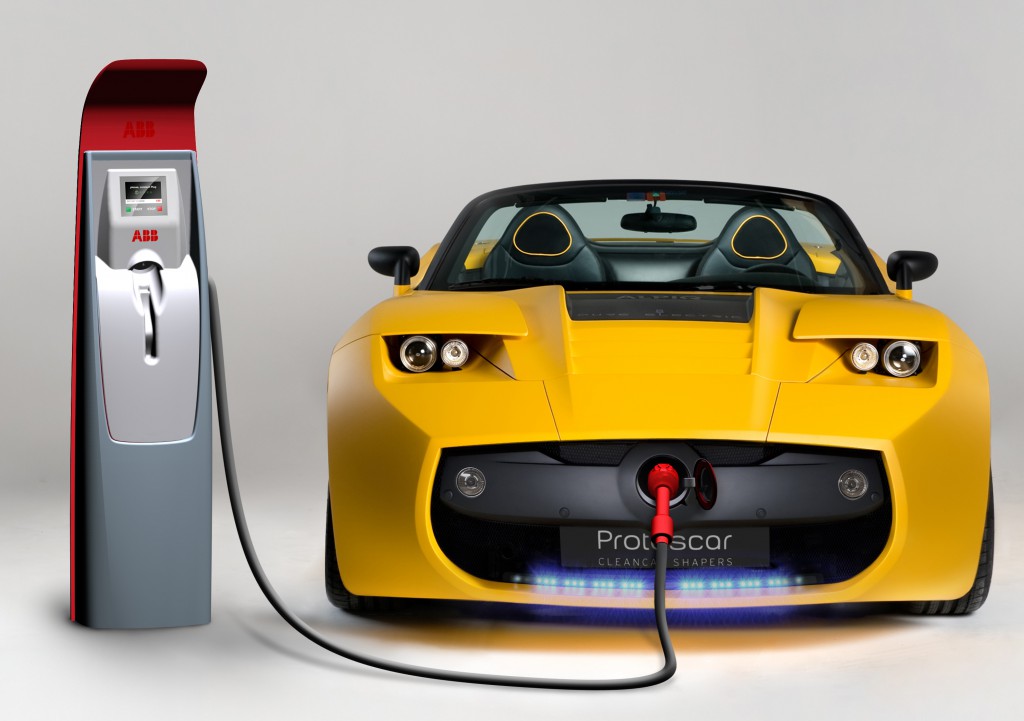What You Need to Know About How Charging Impacts EV Battery Life
By: Jane Marsh
Electric vehicles (EVs) are crucial in advancing green infrastructure and renewable energy. They mark a significant shift toward more sustainable and eco-friendly transportation solutions. By reducing reliance on fossil fuels and decreasing greenhouse gas emissions, EVs contribute to environmental preservation and the fight against climate change.
Battery life emerges as a fundamental concern for EV owners, directly influencing the vehicle’s range, performance and overall life span. Ensuring long battery life maximizes the car’s efficiency and value and supports the broader goal of reducing environmental footprint.
Basics of EV Battery Health
EV batteries are the powerhouse behind electric car operation, storing the electrical energy necessary to drive the motor. Unlike traditional cars, which rely on lead-acid batteries primarily for powering the vehicle’s electrical systems, EVs use lithium-ion batteries. These batteries are known for their high energy density, efficiency, and longevity, making them ideal for powering electric cars over longer distances and extended periods.
Lithium-ion batteries stand out due to their ability to hold a significant charge, deliver consistent power output and recharge relatively quickly. However, several factors affect the health of these batteries, with charging habits playing a pivotal role.
Overcharging, undercharging and frequently charging to total capacity can accelerate battery degradation. Similarly, relying heavily on fast charging can also stress the battery and reduce its life span. Optimizing charging practices can significantly impact and enhance EV battery health and performance.
Optimal Charging Practices for Longevity
Adopting the best charging practices extends the life of an EV battery, notably avoiding complete discharges and refraining from always charging to 100%. Allowing an EV battery to fully drain before recharging can significantly strain the battery and speed up wear and tear.
Conversely, it’s beneficial not to charge the battery to total capacity with every charge. Opting to charge up to 80% or 90% can significantly reduce stress on the battery, extending its life span and maintaining its efficiency over time.
Using level one charges, which connect to standard household outlets, is an excellent strategy for promoting healthier battery charging habits. Although these chargers require about 20 hours for a full charge and offer only two to five miles of range per hour, they encourage a gentle and steady charging approach.
This method is less stressful on the battery compared to rapid charging techniques. Regular, moderate charging keeps the battery within its optimal range and avoids extremes contributing to quicker degradation.
The Role of Fast Charging
Fast charging — an integral part of the EV ecosystem — can charge EV batteries significantly faster than conventional charging methods. Level 3 or DC fast chargers can power an EV’s battery to 80% in as little as 20 minutes. This rapid charging capability is crucial for long-distance travel and busy lifestyles. It provides a quick way to recharge and minimize downtime for EV users.
While fast charging offers the undeniable advantage of convenience and reduced charging times, it has certain drawbacks, especially regarding battery health. Frequent use of rapid charging can accelerate the degradation of the battery, potentially decreasing its state-of-health by up to 5%.
This degradation can affect the battery’s capacity and, over time, diminish the vehicle’s range and overall performance. Thus, while fast charging is valuable in the EV landscape, balancing its benefits with mindful use is critical to preserving battery health and ensuring vehicle longevity.
Tips to Maximize EV Battery Life
Here are some actionable tips for EV owners to help maintain their battery health, taking into account temperature conditions and charging schedules:
- Avoid extreme temperatures: Park your EV in shaded or covered areas during hot weather and in a garage or warmer spot during cold weather to protect the battery from extreme temperatures.Use timed charging: Set your car to charge during off-peak hours if possible and use a timer to avoid overcharging. This practice can also take advantage of lower electricity rates.
- Monitor battery health: Regularly check your battery’s state-of-health through your vehicle’s dashboard features or a dedicated battery health monitoring system.
- Plan your charging schedule: Regular, moderate charging is better than waiting until the battery is nearly empty. Plan your charging to match your daily usage pattern.
Future Trends in EV Battery Technology and Charging Infrastructure
Ongoing research and developments in the EV sector focus on enhancing battery life and expanding charging options to promise a brighter future of sustainability and user-friendliness. Notably, the U.S. Congress has allocated approximately $5 billion to develop an expansive EV charging network across the nation over the next five years.
This significant investment aims to improve accessibility to charging stations, addressing one of the major hurdles in EV adoption. Coupled with advancements in battery technology that aim to increase energy density, reduce charging times and extend battery life span, these efforts can make EVs more appealing to a broader audience.
Best Charging Practices for a Sustainable Future
Adopting best charging practices for your EV extends the life of your battery and supports collective goals of sustainable living. Being mindful of how and when you charge your EVs can significantly impact the environment, paving the way for a greener, more sustainable future for all.
__________________________________________




